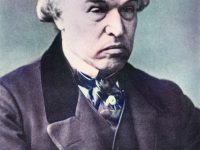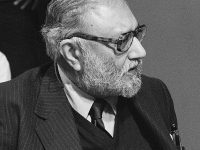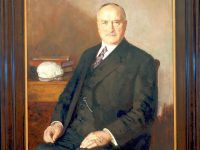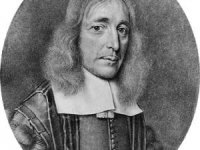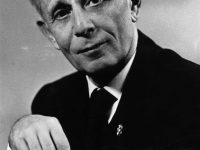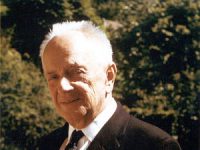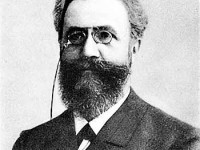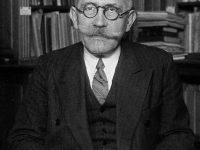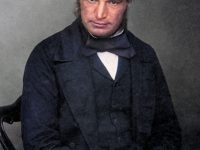Sir William Jenner and the Distinction of Typhus and Typhoid
On January 30, 1815, English physician Sir William Jenner was born. Jenner is primarily known for having discovered the distinction between typhus and typhoid. While “typhoid” means “typhus-like”, typhus and typhoid fever are distinct diseases caused by different genera of bacteria. “How often have I seen in past days, in the single narrow chamber of the day-labourer’s cottage, the father in the coffin, the mother in the sick-bed in muttering delirium, and…
Read more











